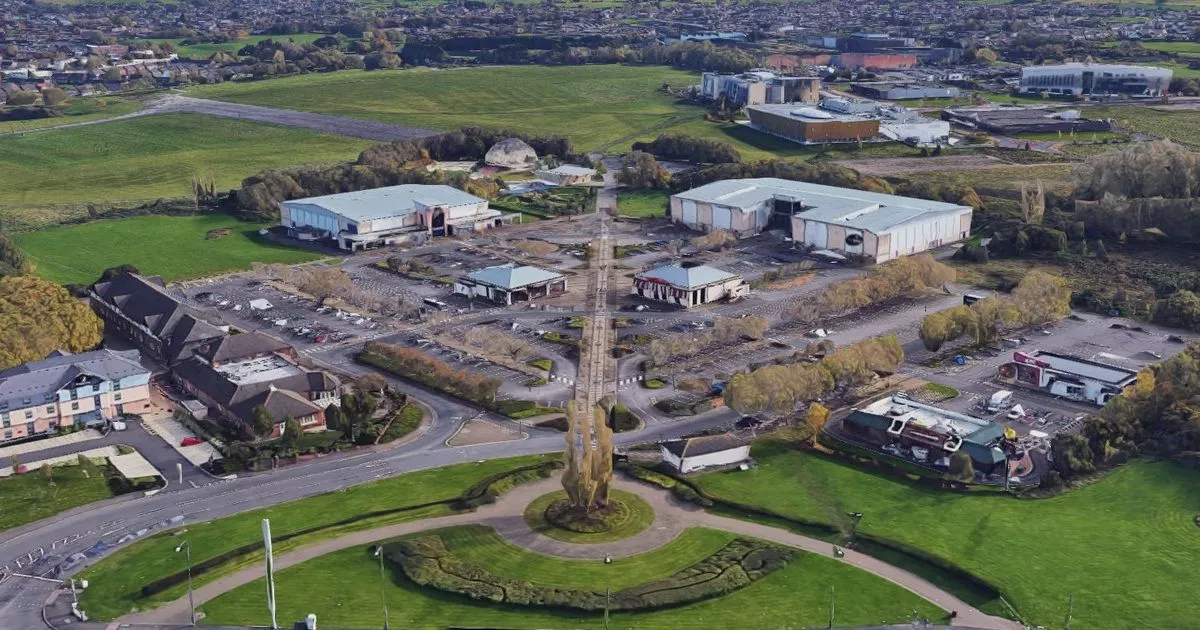A key planning hurdle has been cleared Hengrove Leisure Park(Image: Google Maps)
Hengrove Leisure Park(Image: Google Maps)
A significant step has been taken in the proposed redevelopment of Hengrove Leisure Park in South Bristol.
The move marks progress on an ambitious scheme to transform the existing site into a residential neighbourhood featuring hundreds of new homes and flexible commercial space.
The planning application outlines the demolition of existing structures and the construction of up to 350 dwellings, including affordable housing.
It also includes up to 1,650 square metres of flexible Class E commercial space—150 square metres of which may be used for hot food takeaway—along with provision for parking, cycling access, landscaping, and public realm enhancements.
As part of the planning conditions, the developer must address archaeological concerns through a Written Scheme of Investigation (WSI), compiled by Wessex Archaeology and submitted to Bristol City Council.
This document responds to Condition 35 of the planning approval, which mandates an archaeological watching brief during any intrusive groundworks.
According to the WSI, the development site, which spans 3.16 hectares, was previously part of the Whitchurch Airfield and is now occupied by modern leisure buildings.
Though earlier archaeological investigations between 1995 and 1997 uncovered only limited features—mainly modern in origin—the area’s broader context includes significant Romano-British finds nearby.
These include a high-status Roman settlement at Inns Court and a mid-4th century Roman coin hoard unearthed adjacent to the site in 2019.
Wessex Archaeology’s report highlights the objective of the watching brief: “to determine the presence or absence of archaeological features, deposits, structures, artefacts or ecofacts,” and ensure their proper recording before any potential destruction during development.
The archaeological works will be carried out in accordance with industry standards set by Historic England and the Chartered Institute for Archaeologists.
Should any significant finds emerge, the WSI stipulates that work may be paused to allow for further investigation or even potential excavation.
The document further assures that the site’s archaeological remains, if any, will be recorded and preserved through detailed documentation, with reports submitted to the council and the local Historic Environment Record.
It also notes that “a short report on the results of the watching brief will be prepared for publication in a suitable journal” if appropriate.
